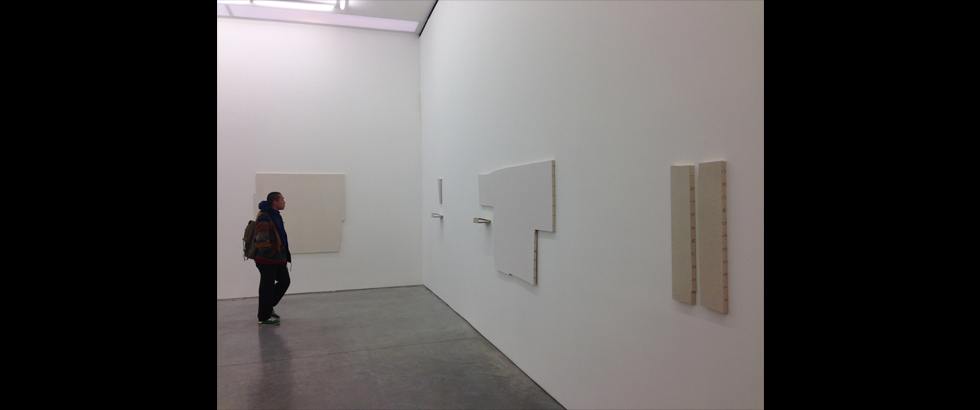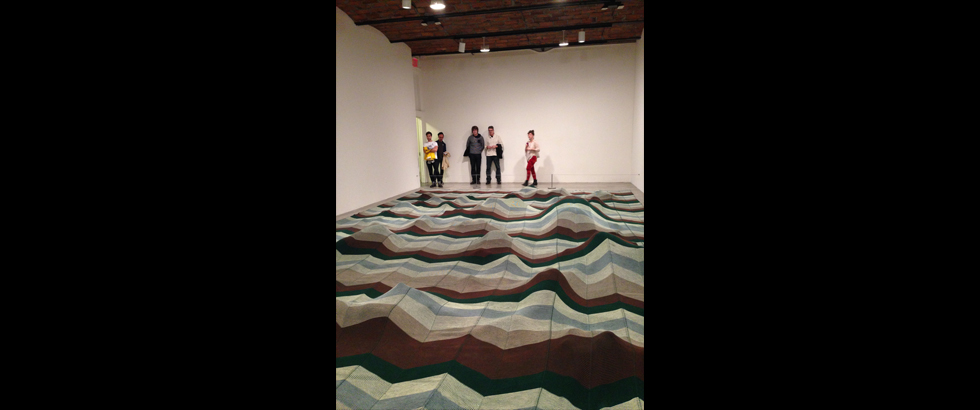Artists
Photo Credit: NIU Chun-Chiang
LUO Jr-Shin
LUO Jr-Shin
| Location | USA / New York, NY |
|---|---|
| Residency | International Studio & Curatorial Program (ISCP) |
| Year of the Grant | 2013 |
| Work | An Afternoon, Hanging Man, Shadow |
| Personal Website | LUO Jr-Shin's Personal Website |
Luo now lives and works in Taipei.
Thoughts on Artist-in-Residency Program:
There were about 30 artists-in-residence at ISCP during the three months I was in New York. The duration of stay of each artist ranged from three months to six months to a year, depending on their personal plans and the contracts signed between ISCP and their sponsoring agencies. Although the studio (204) provided by ISCP was not bad, it was quite small, and had no windows facing the street. However, the high ceiling and the natural lighting coming through the roof window was a pretty good match for the installation art project that I later designed, as it resonated with the space.
ISCP’s lack of professional studios for carpentry, sculpturing, and molding was challenging for the artists. Still, many of them from the United States, Canada or Mexico managed to create a well-equipped working environment within a short period of time by transporting tools and materials needed for creative works to their studios. Perhaps Taiwan’s Ministry of Culture should consider listing these transportation fees in its budget!
There are several programs at ISCP. Curators and art critics visit ISCP two to three times each month. Artists-in-residence are also taken on field trips to museums, art centers, galleries or private institutions once or twice per month. To this day, Open Studio, held in the spring and autumn, remains a major program at ISCP. This year, for the first time, ISCP held Benefit Night on Friday, Saturday, Sunday and Thursday evenings as well. Because ISCP was trying to gauge the response and feedback from art lovers and art professionals in New York, tickets for admission were required. Benefit Night is an example of a long-established fundraising practice in New York’s cultural community. The operating budget of public and private institutions and museums in New York, large or small, mostly comes from fundraising.
ISCP does not provide accommodations and meals. Since New York is a big city and everyone had busy schedules, artists-in-residence did not get the chance to meet one another initially. Only on field trips or in salons where we introduced our works did we receive the opportunity to get to know each other. However, in the few days before Open Studio began, when artists spent more time in their studios, we were able to exchange views on each other’s works and had more in-depth interactions and discussions.
Resident artists are all very warm and friendly, but we were not familiar with each other’s background and genres since we all came from different parts of the world. I don’t think some of the older, well-known and widely-acclaimed artists considered me a mature and professional artist on a first impression since I am from Taiwan, a relatively small country. But I was able to win some recognition after my works were put on display during Open Studio. Some artists told me they liked my project very much and that they even wanted to collect my works. I exchanged one art piece with a Finnish artist named Niko Luoma.




